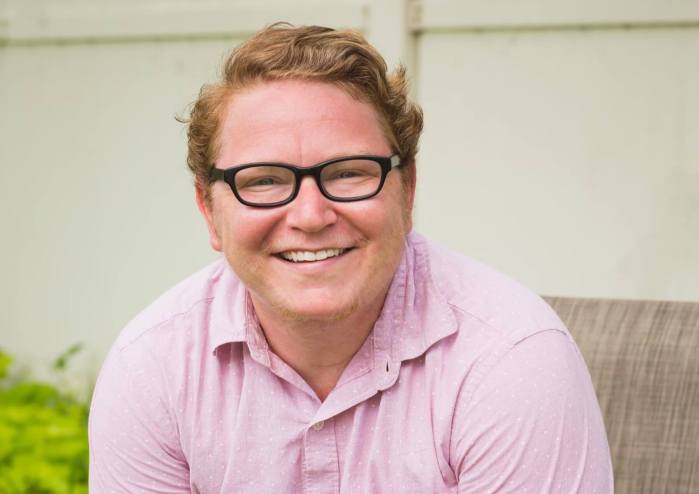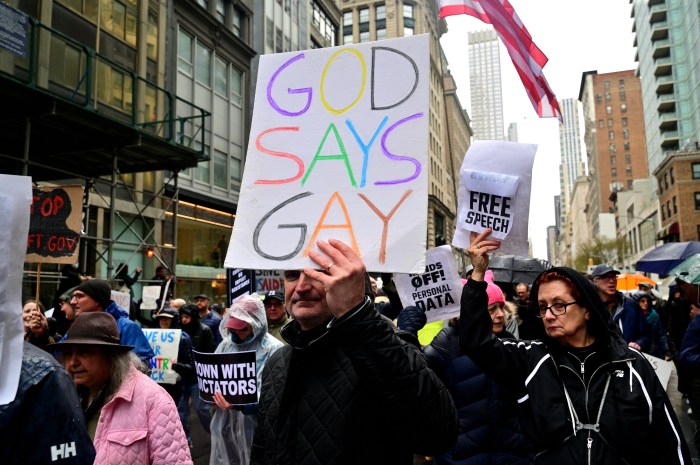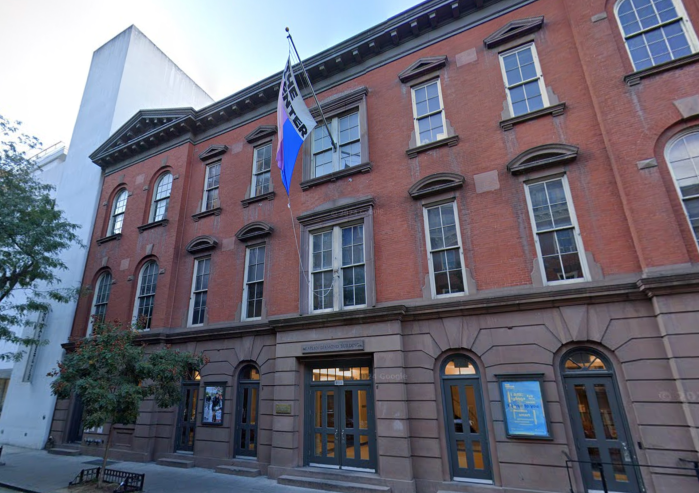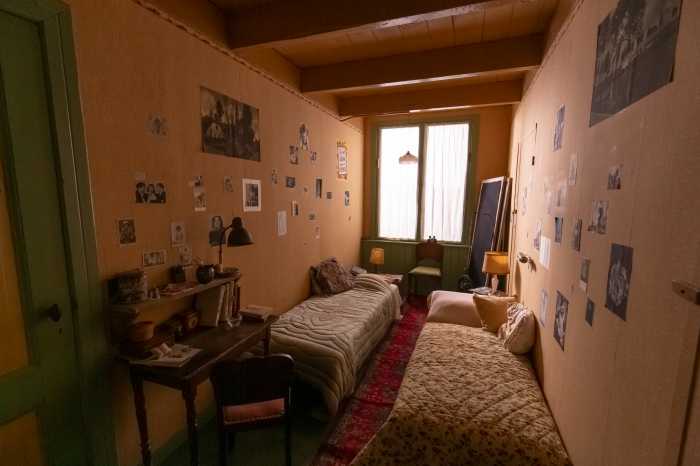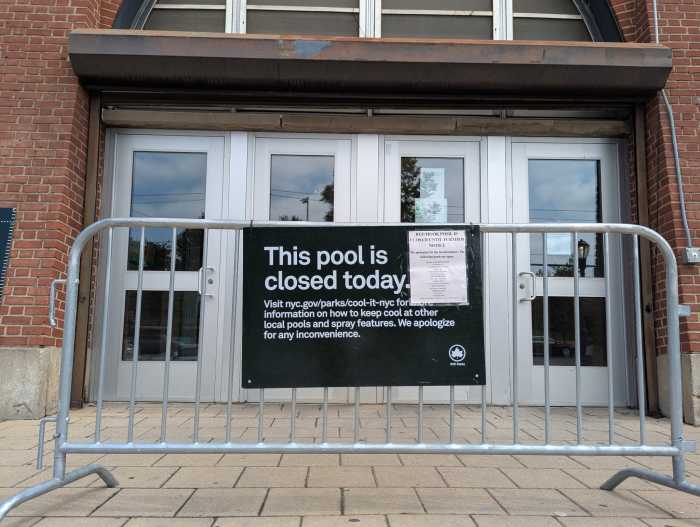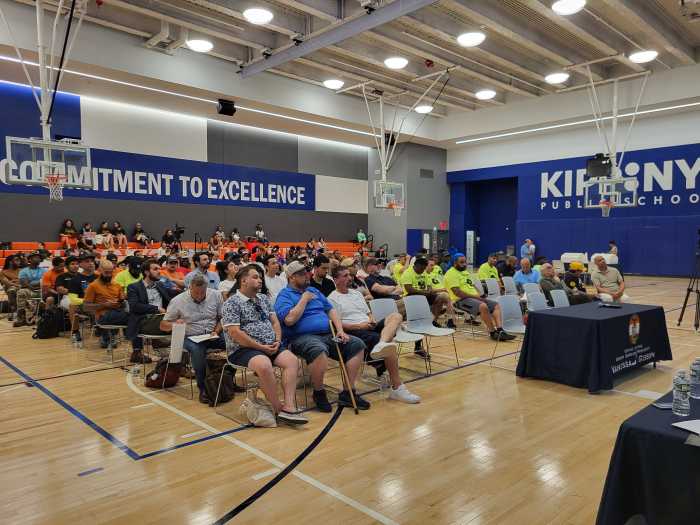Giard came relatively late to the practice of photography. He majored in English literature and received a B.A. from Yale, and an M.A. in comparative literature from Boston University. For a time he taught intermediate grades at the New Lincoln School.
By 1972, entirely self-taught, he began to photograph, concentrating on landscapes of the South Fork of Long Island, portraits of friends, many of them artists and writers in the region, and the nude figure.
In these early years, eschewing a romantic view of landscape, Giard did much of his shooting during the late Autumn, Winter, and early Spring when many of the fashionable houses of The Hamptons were boarded up for the season. With the region largely depopulated, the surrounding grounds assumed for him “a mysterious, even somewhat sinister air.”
An exhibition of these photographs, Robert Giard’s South Fork, held at the Guild Hall Museum in East Hampton in the winter of 1983-84, accompanied the publication of a limited edition of the images.
Similarly, his studies of the nude, male and female, tended less toward a classical and idealizing rendering of form than a description of a specific person. Giard saw this as subsuming “the nude under the heading of the portrait. Rather than being examples of ‘the Nude,’ they are pictures of people who are naked.”
Giard’s portraits of male nudes sometimes included images of two men together in a landscape or interior settings. Unlike other homoerotic figures studies of the 1980s and early 1990s in which youthful male beauty was often the impetus, Giard’s pictures seemed to focus more on the emotional content of male-to-male relations.
Ultimately, it would be in the area of the portrait that Giard’s career made its most indelible mark. In 1985, after seeing a performance of Larry Kramer’s The Normal Heart dealing with the crisis of AIDS in the gay community, Giard was moved by a sense of urgency. He decided that he would put his talents as a photographer to use “by recording something of note about our experience, our history, and our culture.”
Synthesizing his life-long interest in literature and his interest and involvement in gay issues of the 1970s and 1980s –– Giard and Silin were active members of EEGO, the East End Gay Organization –– Giard set about documenting in straightforward, unadorned, yet sometimes witty and playful portraits, a wide survey of significant literary figures, as well as brash new writers on the scene.
A selection of these portraits, culled from the 500 examples he had already amassed, was published by MIT Press in 1997 as the anthology Particular Voices: Portraits of Gay and Lesbian Writers, and served as the companion volume to the New York Public Library’s 1998 exhibition of the same name. Broadly documenting the flowering of gay and lesbian academic writing, fiction, poetry, and playwrighting, his collection of portraits included such iconic figures as Charles Henri Ford, Kate Millett, Allen Ginsberg, James Purdy, and Doris Grumbach, as well as a younger generation of writers whose work matured in the earliest years of the gay and lesbian liberation movement, including Jonathan Ned Katz, Karla Jay, John Boswell, Edmund White, and Jewelle Gomez.
Always attempting to keep up to the minute, and with a conviction that his survey must be as widely representative of new writing as possible, Giard photographed the performance group Pomo Afro Homos, the African-American poetry collective Other Countries, and young novelists making their first mark, such as Sapphire, David Leavitt, Shay Youngblood, and Michael Cunningham. Giard made it part of his mission to read at least a portion of the published work of each of his subjects, regardless of how large or small the writer’s reputation.
“One writer would lead me to others,” he writes in his introduction to Particular Voices. “I accumulated numerous scraps of paper bearing names, addresses, phone numbers, and book titles. Thus began the process of haunting the bookstores, reading the work of an author, communicating first by letter, eventually following this up with a phone call, setting a date, and finally traveling to the writer to make the portrait.”
Giard was the recipient of many grants and awards. The published version of Particular Voices won a Lambda Literary Foundation Award for Best Photography/Art Book in 1997. Giard had a long and distinguished solo and group exhibition career throughout the United States.
Examples of his work are in collections of The Brooklyn Museum, the San Francisco Public Library, the New York Public Library, and the Library of Congress.
At the time of his death, Mr. Giard was completing work on a portrait documentation of over three hundred grant recipients around the country of The Thanks Be to Grandmother Winifred Foundation, which until 2001 supported projects by women fifty-four years and older. Giard, who never drove a car, traveled modestly around the United States while on assignment. Noted for bicycling to do his daily chores around the fashionable circuit of East Hampton and Amagansett, on his far-flung portrait commissions, Giard would fly to a major hub and from there use local surface transportation, all the while carrying his backpack and equipment with him. This simplicity of means was in keeping with his working methods, which included hand-printing all of his photographs out of a small darkroom in his home.
Robert Giard is survived by his companion, Jonathan Silin, and by his father Robert, his mother Antoinette “Toni” Giard, and his sister Cynthia, of Hartford, Connecticut.


